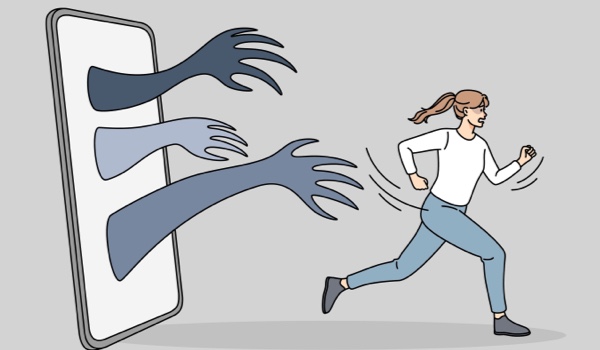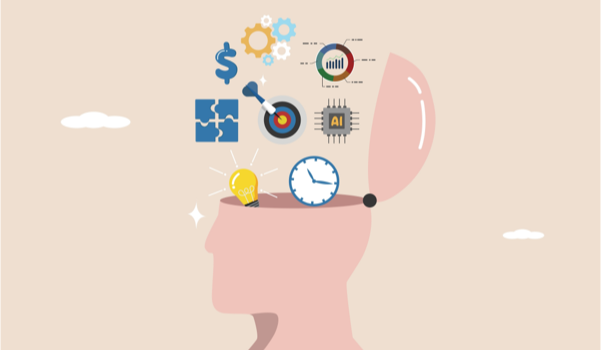


TORONTO - Social media has ingrained itself into people's daily routines. Many spend hours each day on Instagram, Facebook, Twitter, and other well-known social media. This draws the attention of ever more academics, above all in the field of public health.
According to the World Health Organization, mental health is a state of wellbeing in which people understand their abilities, solve everyday life problems, work well, and make a significant contribution to the lives of their communities.1 The Displaced Behavior Theory may help explain why social media shows a connection with mental health. It states that people who spend more time engaging in sedentary behaviors, such as social media users, also tend to spend less time on face-to-face social interactions, both of which have been proven to help protect against the onset of various mental disorders.2
The primary objective of this paper is to identify and summarize the information currently available on social media to detect early signs of depression using computing tools, statistical analysis, linguistic feature extraction techniques, and machine-learning algorithms. The authors intended to mine Twitter posts and apply Natural Language Processing techniques to identify people at risk of depression or other mental disorders based on words typically associated with deteriorating mental health, like stress, anxiety, fear, and hopelessness.
Methodology
Data Collection
The team collected two datasets - random tweets scraped without specifying any search terms, and another set scraped using keywords related to depression, such as anxiety and suicide, both datasets scraped over five years from 2018 to 2022 using the Twint Library in Python. The total tweets collected have 33,864 instances and 36 features, including date, time, user ID, p
The content herein is subject to copyright by The Yuan. All rights reserved. The content of the services is owned or licensed to The Yuan. Such content from The Yuan may be shared and reprinted but must clearly identify The Yuan as its original source. Content from a third-party copyright holder identified in the copyright notice contained in such third party’s content appearing in The Yuan must likewise be clearly labeled as such. Continue with Linkedin
Continue with Linkedin
 Continue with Google
Continue with Google








 2233 views
2233 views









